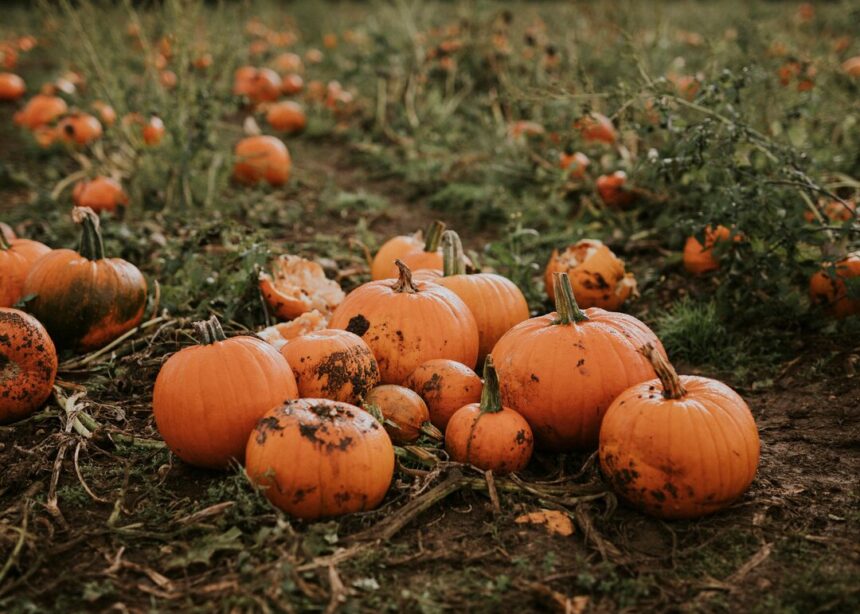Pumpkins are a staple crop in South Africa, valued for their nutritional benefits, versatility in culinary applications, and economic importance for farmers. Maximizing the quality and yield of pumpkin crops is essential for ensuring food security, supporting local agriculture, and meeting consumer demand. Fortunately, there are several techniques and practices that farmers in South Africa can implement to enhance the quality and yield of their pumpkin crops. Let’s explore some of these techniques:
1. Soil Preparation and Fertilization:
Healthy soil is essential for robust pumpkin growth and development. Before planting, farmers should conduct soil tests to assess nutrient levels and pH balance. Based on the results, they can amend the soil with organic matter, such as compost or manure, to improve fertility and structure. Additionally, balanced fertilization with nitrogen, phosphorus, and potassium can promote healthy root development, flowering, and fruit set.
2. Proper Plant Spacing:
Optimal plant spacing is crucial for maximizing sunlight exposure, air circulation, and nutrient uptake in pumpkin crops. Planting pumpkin seeds or seedlings at the recommended spacing ensures that each plant has sufficient room to grow and prevents overcrowding, which can lead to competition for resources and decreased yields. Adequate spacing also facilitates weed management and pest control practices.
3. Irrigation Management:
Consistent and appropriate irrigation is essential for healthy pumpkin growth, especially during critical stages such as flowering and fruit development. In South Africa, where water resources may be limited, farmers can implement water-saving irrigation techniques such as drip irrigation or mulching to reduce evaporation and water wastage. Monitoring soil moisture levels and adjusting irrigation schedules accordingly can help prevent water stress and ensure optimal plant health.
4. Pest and Disease Management:
Pumpkin crops in South Africa are susceptible to a variety of pests and diseases, including aphids, powdery mildew, and vine borers. Implementing integrated pest management (IPM) practices, such as crop rotation, companion planting, and the use of natural predators, can help control pest populations while minimizing the use of chemical pesticides. Regular scouting and early detection of pest and disease symptoms are essential for timely intervention and effective management.
5. Pollination Enhancement:
Pumpkin plants rely on pollinators, such as bees and butterflies, for successful fruit set and development. To enhance pollination and fruit yield, farmers can create pollinator-friendly habitats by planting flowering cover crops, establishing hedgerows, and minimizing pesticide use during bloom periods. Additionally, hand pollination techniques can be employed to ensure thorough pollination in areas with limited insect activity.
6. Timely Harvesting:
Harvesting pumpkins at the appropriate stage of maturity is essential for maximizing quality and yield. In South Africa, pumpkins are typically harvested when fruits reach full color, have a hard rind, and produce a dull, hollow sound when tapped. Harvesting too early or too late can result in immature or overripe fruits, respectively, which may diminish market value and storage potential.
7. Post-Harvest Handling and Storage:
Proper post-harvest handling and storage practices are critical for preserving the quality and shelf life of pumpkins. After harvest, pumpkins should be cured in a well-ventilated area for several days to enhance skin toughness and prolong storage life. Depending on market demand and storage conditions, pumpkins can be stored in a cool, dry environment for several months, ensuring a steady supply of fresh produce to consumers.
By implementing these techniques and practices, farmers in South Africa can enhance the quality and yield of their pumpkin crops, ensuring profitability, sustainability, and food security for themselves and their communities. Additionally, ongoing research and innovation in pumpkin production methods can further optimize crop performance and resilience in the face of evolving challenges such as climate change and resource constraints. With a commitment to best practices and continuous improvement, South African farmers can continue to produce high-quality pumpkins to meet the needs of local and global markets.
Join 'Farmers Mag' WhatsApp Channel
Get the latest Farming news and tips delivered straight to your WhatsApp
CLICK HERE TO JOIN






